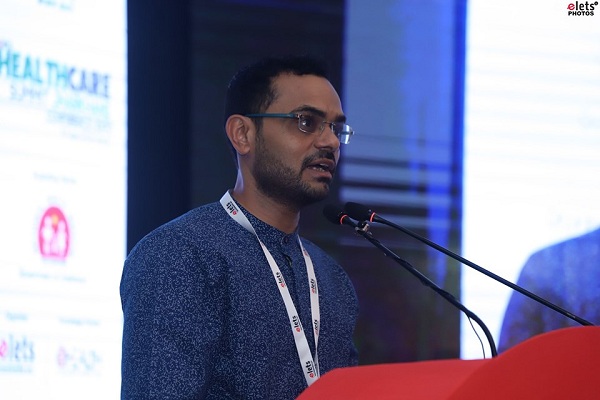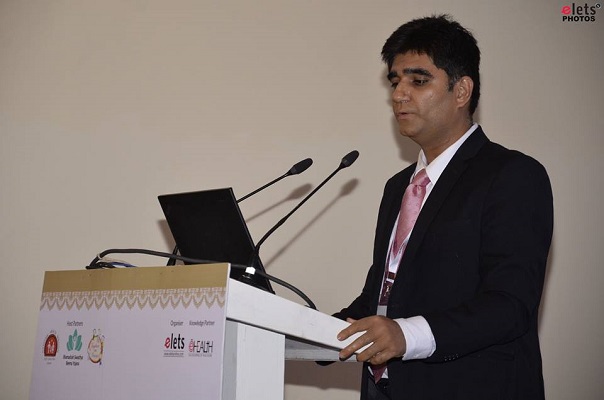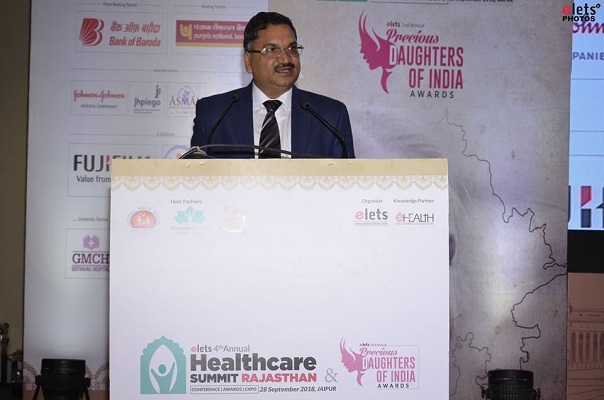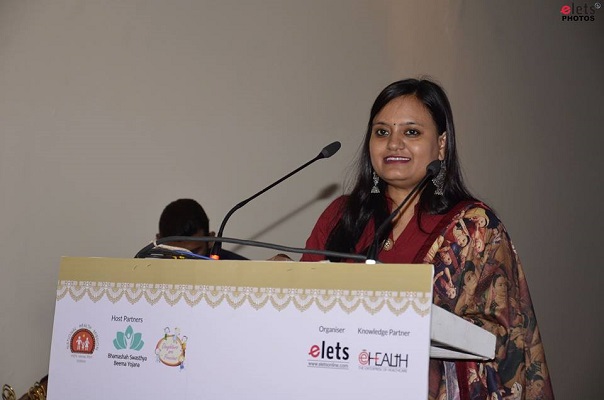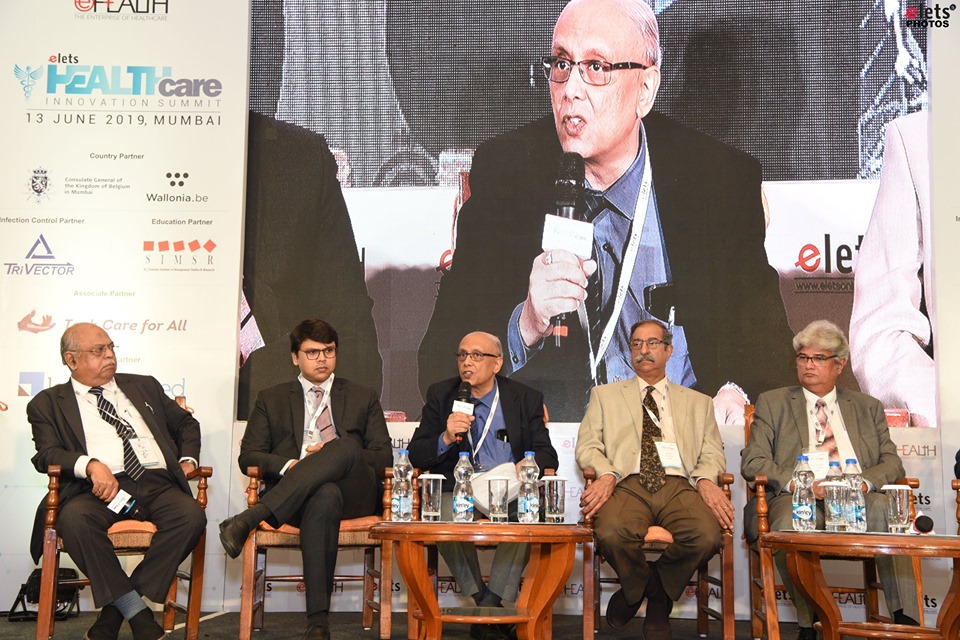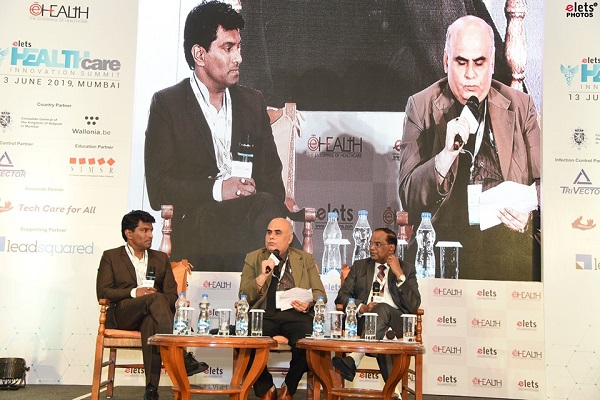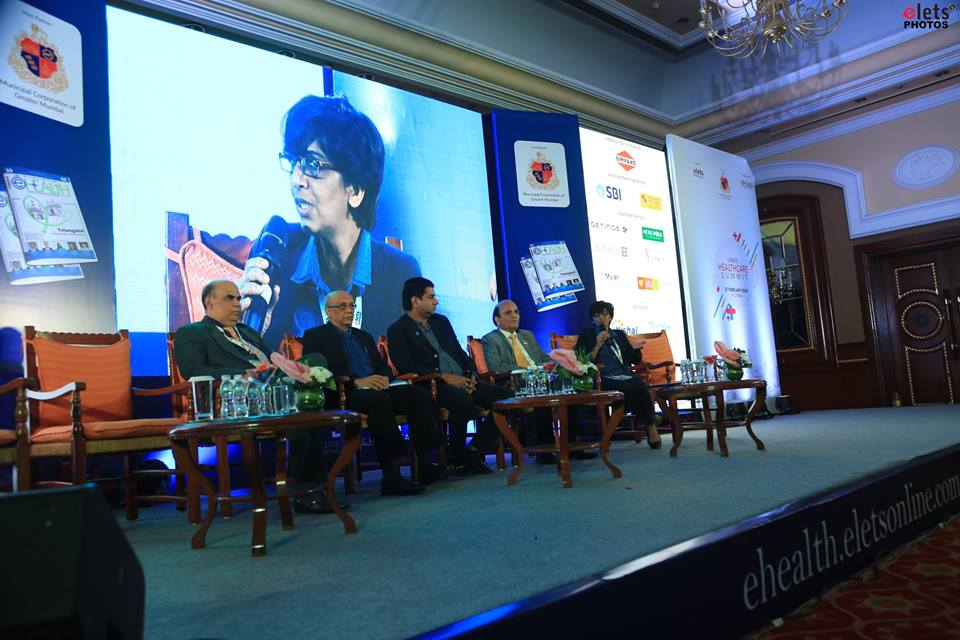
 Amid the increasing demand of quality and personalized healthcare facilities from people at large, affordable and accessible healthcare model of healthcare has become a central topic of discussion among stakeholders. In the light of costly medical equipment, manpower and other operational cost, it is difficult to make a balance between these two pertinent factors influencing patient care.
Amid the increasing demand of quality and personalized healthcare facilities from people at large, affordable and accessible healthcare model of healthcare has become a central topic of discussion among stakeholders. In the light of costly medical equipment, manpower and other operational cost, it is difficult to make a balance between these two pertinent factors influencing patient care.
In a bid to deliberate various facets of such healthcare delivery model, experts congregated at Urban Healthcare Summit in Mumbai. They pondered on best practices of the industry and what more needs to be done to cater people with finest care.

“Business model has to be changed to provide affordable and accessible healthcare to people at large. Two Cs that is compete and complement can help to improve the situation. Compete is seed earth of improvement. Gone are the days that a company will sell equipment and then service you,” said Dr Sujit Chatterjee, CEO, Dr L H Hiranandani Hospital.

“Costly equipment is one of the reasons for exorbitant healthcare cost. Complementing each other can contain cost to a certain extent. We can have a consortium of purchase between 10-12 hospitals, which can help in reducing cost.”


Talking about the role of Government for creating affordable model, he said, “There are two things that India needs to spend to become a strong country-health and defence. Budget outlaw has to be enormous as far as these two sectors are concerned. The best doctors come from the Government and corporations in Mumbai. The Government has to support them in terms of providing required equipment and training. When you buy equipment, you should get 10 years of CMC. Your downtime should be minimal. We were the first who did PPP partnership with Navi Mumbai corporations. PPP is great idea but there shouldn’t be mistrust on either side.”
Rahul Bajpai, Chief Operating Officer, Healthcare Global Enterprises Ltd, HCG Cancer Centre, said: “Accessibility and affordability both are important issues in cancer care. In last few years, healthcare cost has gone up in an exorbitant manner. Vendor financing provision could be helpful to reduce cost which helps to pass the benefits to patients.
“Accessibility too holds huge importance as patients have to visit doctors many a times for diagnosis and treatment. From clinical tests to medication, patients need to travel a lot. In case of radiation treatment, a patient needs 30 fractions. One can easily understand the predicament of patient,” he further stated.
Dr Ashok Mehta, Medical Director, Brahma Kumaris Global Hospitals & Research Centre, said, “Accessibility is very important issues especially in cities like Mumbai. To travel in a bus, train and any other public transport is a big challenge for a sick person. This makes neighborhood health facility extremely vital.”
“I deal with cancer patient. As a surgical oncologist, we ask patients to come repeatedly for follow up examinations. One can understand agony of a patient who has to visit doctor repeatedly for follow ups. This makes accessibility one of the biggest areas of concern, especially in Mumbai where commuting takes a lot of time.”
Underlining importance of HIS in hospitals, he said, “HIS plays an important role on this front. We ran our hospital with various softwares but it didn’t work out. Finally we have Hospital Information System which can keep a tab on everything which is happening especially economic part. The cost can come down by disciplined way of staff. Most of the staff don’t care about their timings at the hospital. In addition, lots of things are happening which are repetitive. Those things can be controlled with HIS.”
Providing viewpoint about the role of the Government and corporation to provide affordable and accessible healthcare, Dr Neeraj Uttamani, Medical Director, Holy Family Hospital and Medical Research Center, said, “Affordable model of healthcare is the responsibility of both, the government and private sector. It is determined by A, B, C, D and E factors. A stands for attitude towards cost-reduction, B for bold steps taken by higher and middle management to cut down the cost, C stands for continuous improvement, D for declaration of any innovative step in health communities, and E for education.” God practices must be shared across hospitals. We all need to introspect to create affordable model.”
Dr Kavita Vardhan, Head of the Medical Service, Kohinoor Hospital held the opinion that duration of patients’ stay in the hospital directly affects the cost.
“Kohinoor Hospital is providing Minimal Invasive Surgeries where patient needs to stay only for a day. We are looking for Ambulatory Surgery Centers (ASC) to reduce cost to the patients. Artificial Intelligence can also be leveraged to make healthcare cost-efficient,” Vardhan said.
“Patient must be provided services at PHCs level which will reduce burden on tertiary hospitals. We also need to rebuild family physician concept where family has trust in their GPs (general physicians). Communication skill plays a very important role in family physician concept. “
Be a part of Elets Collaborative Initiatives. Join Us for Upcoming Events and explore business opportunities. Like us on Facebook , connect with us on LinkedIn and follow us on Twitter , Instagram.
"Exciting news! Elets technomedia is now on WhatsApp Channels Subscribe today by clicking the link and stay updated with the latest insights!" Click here!






